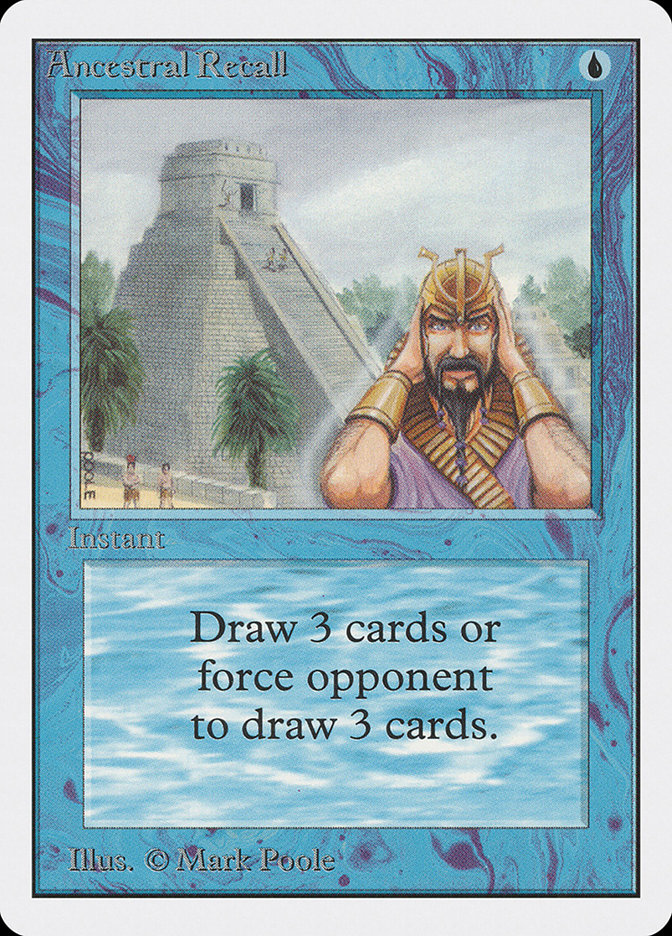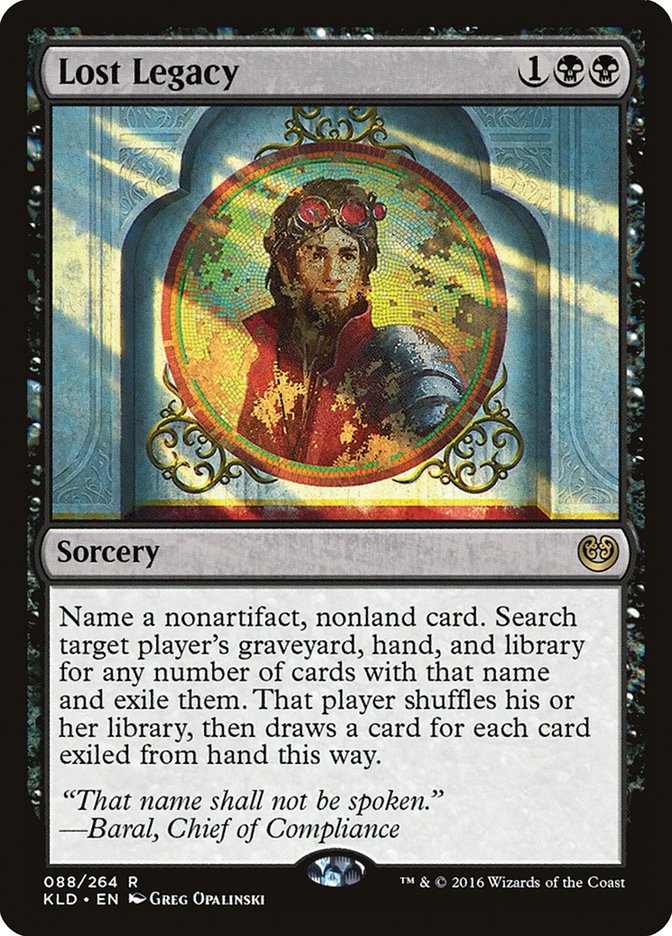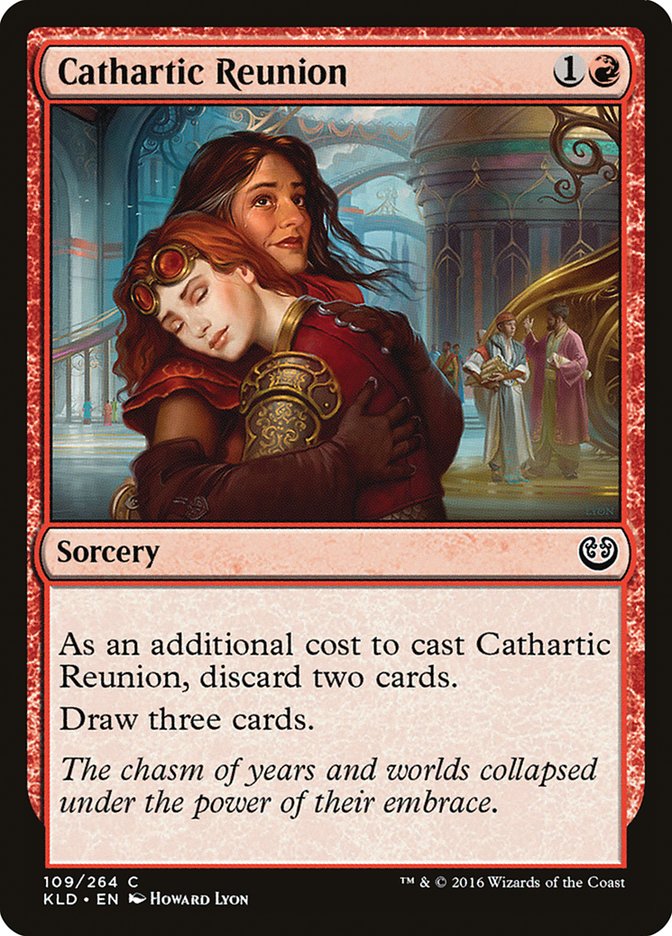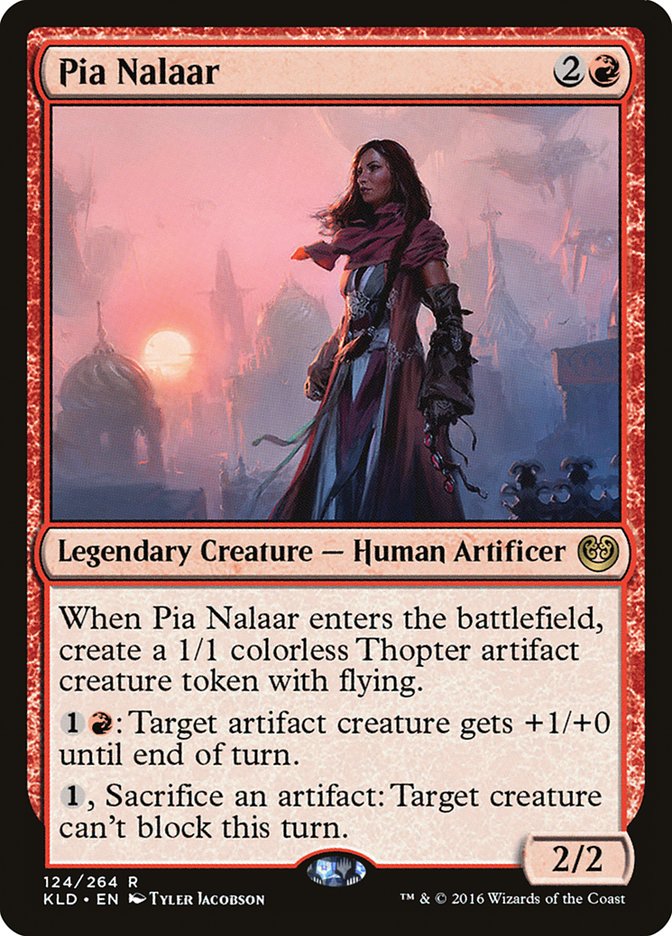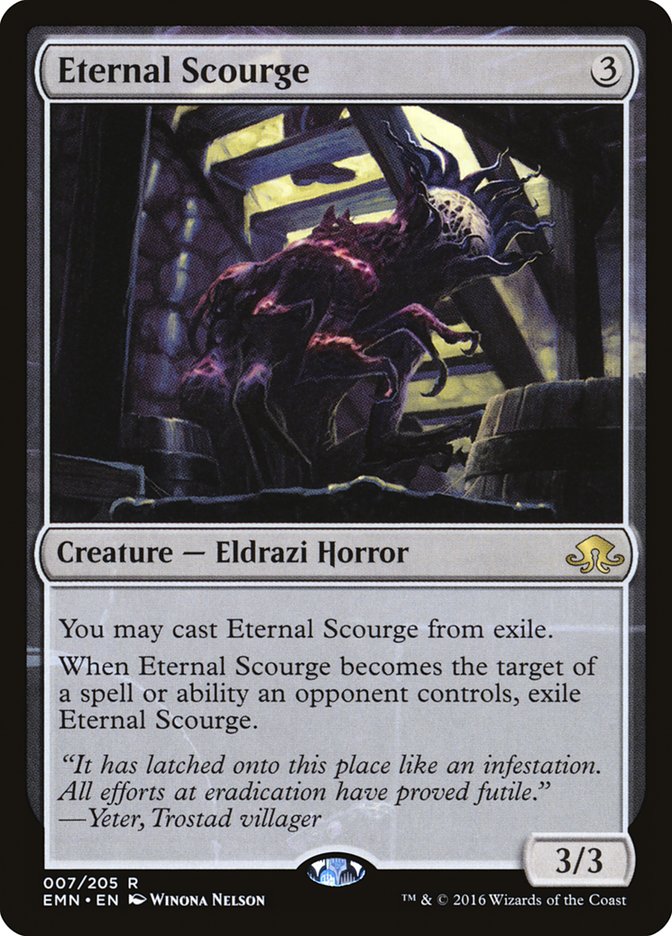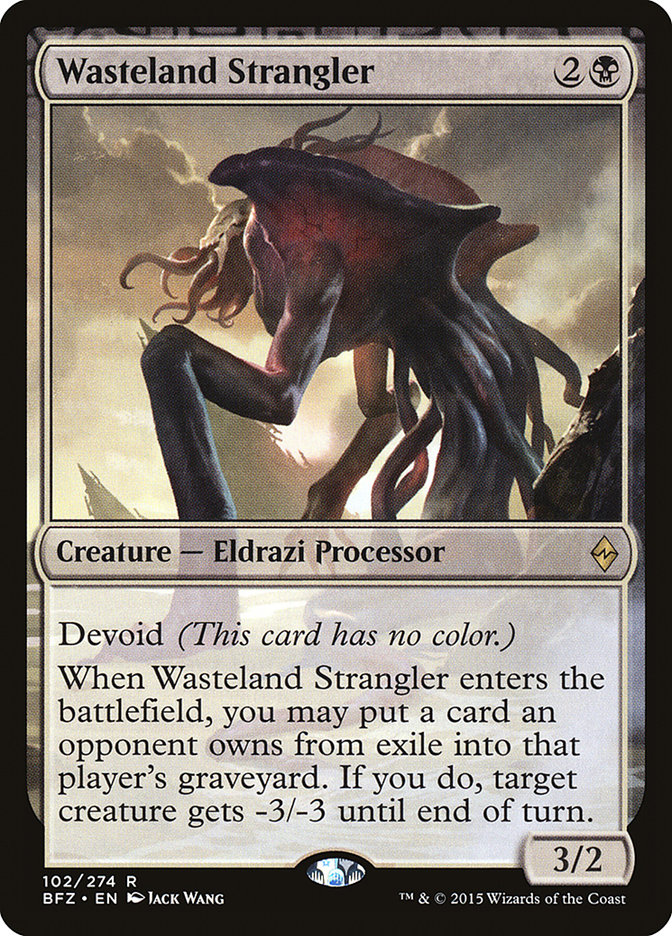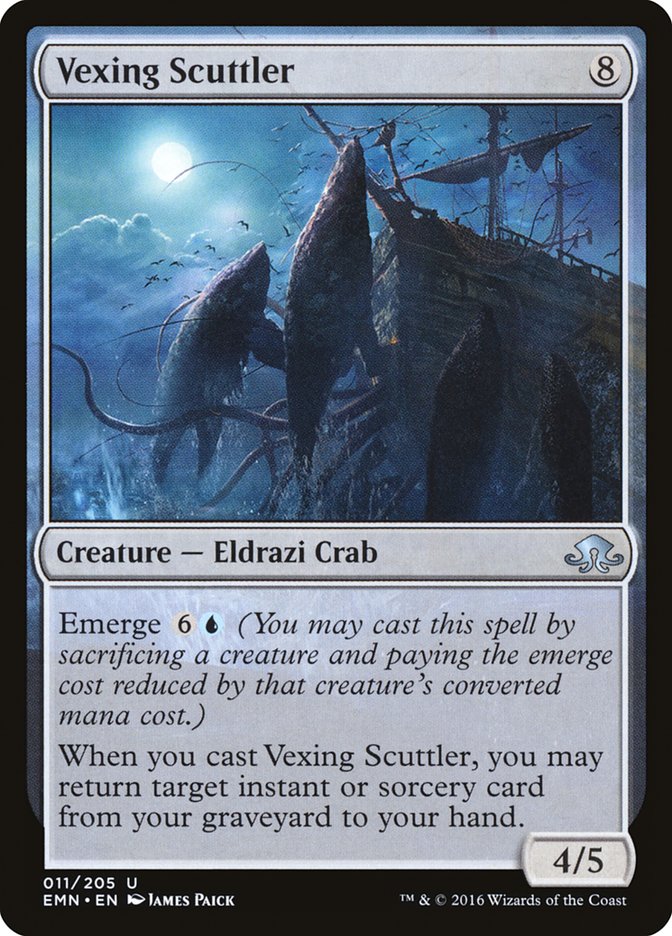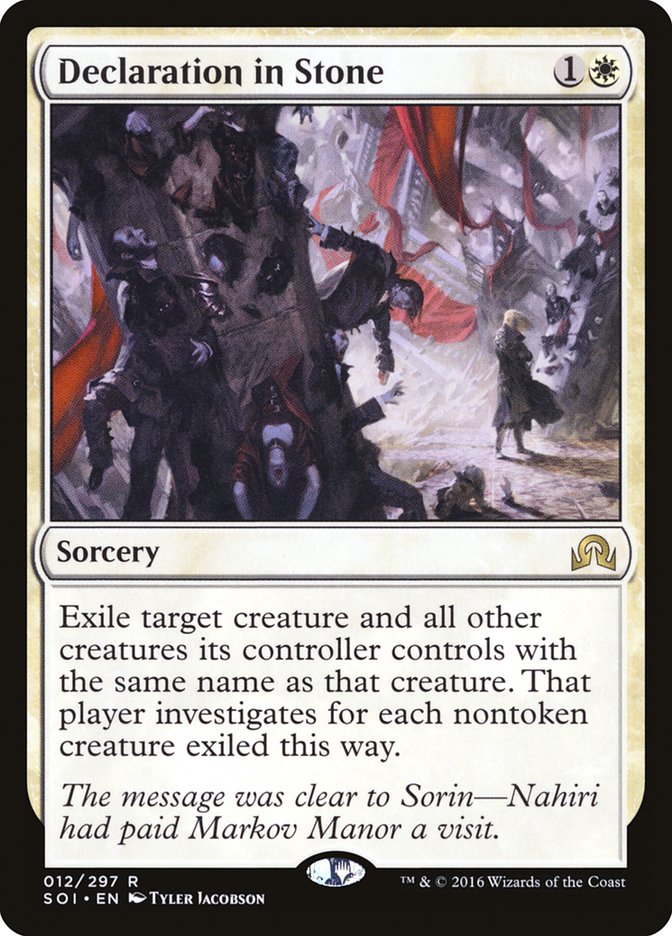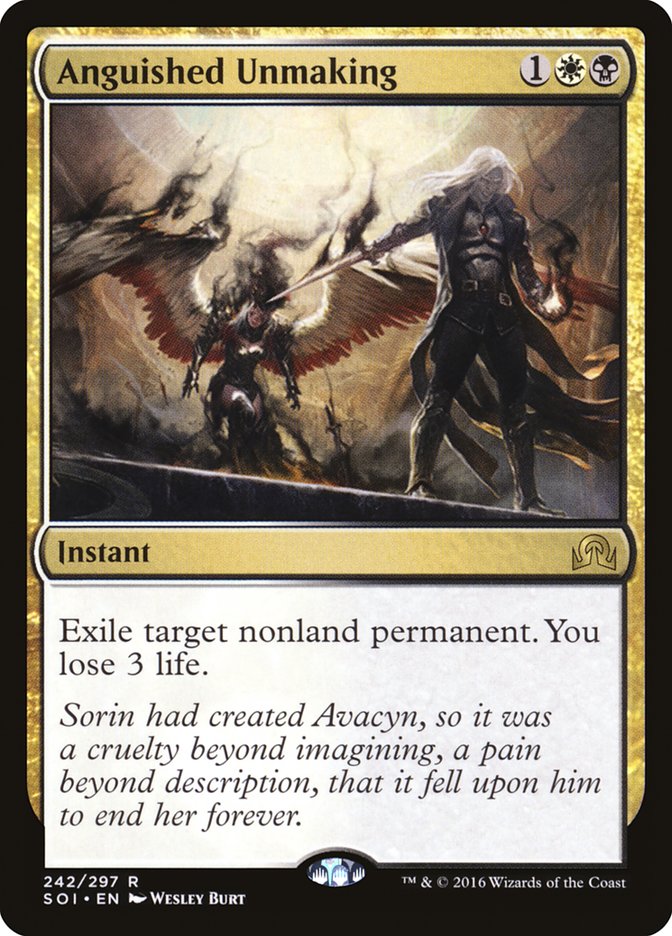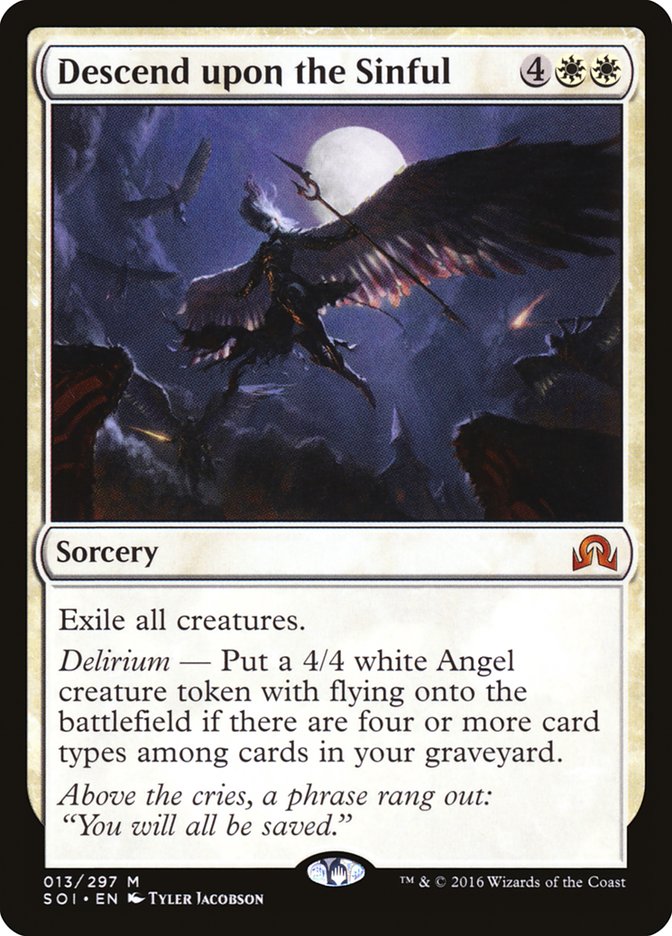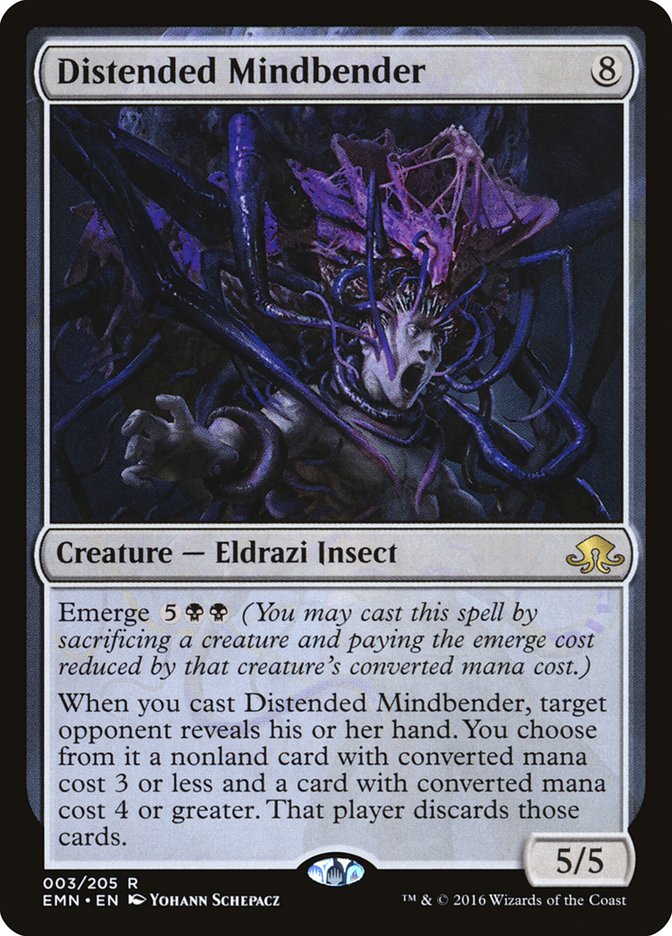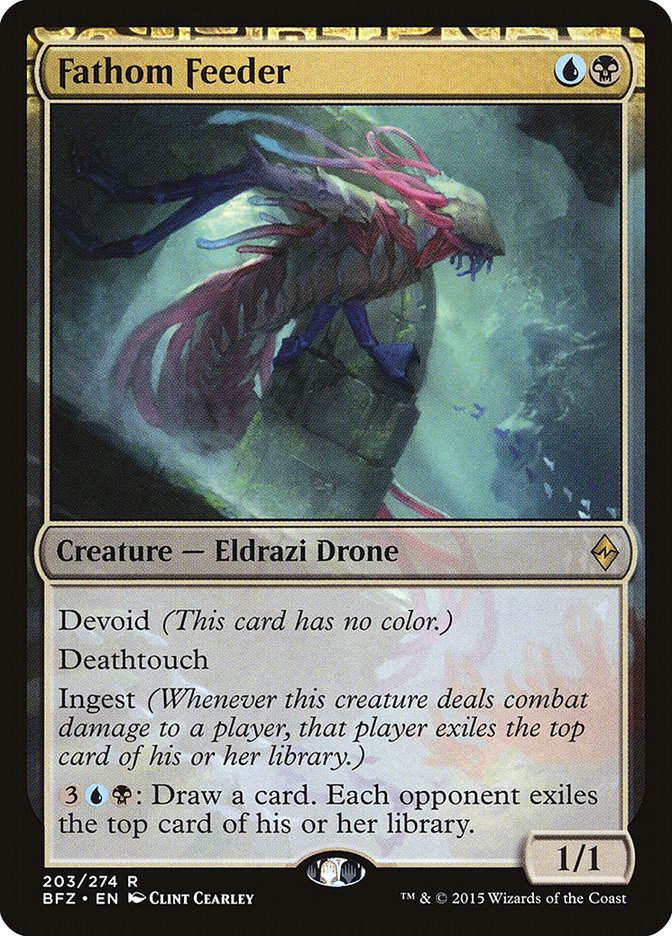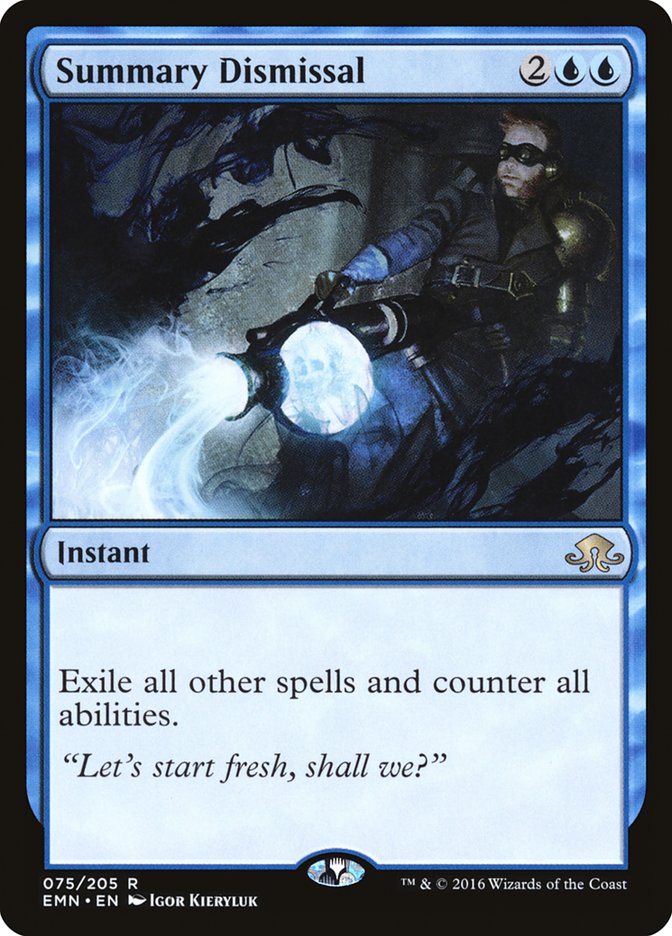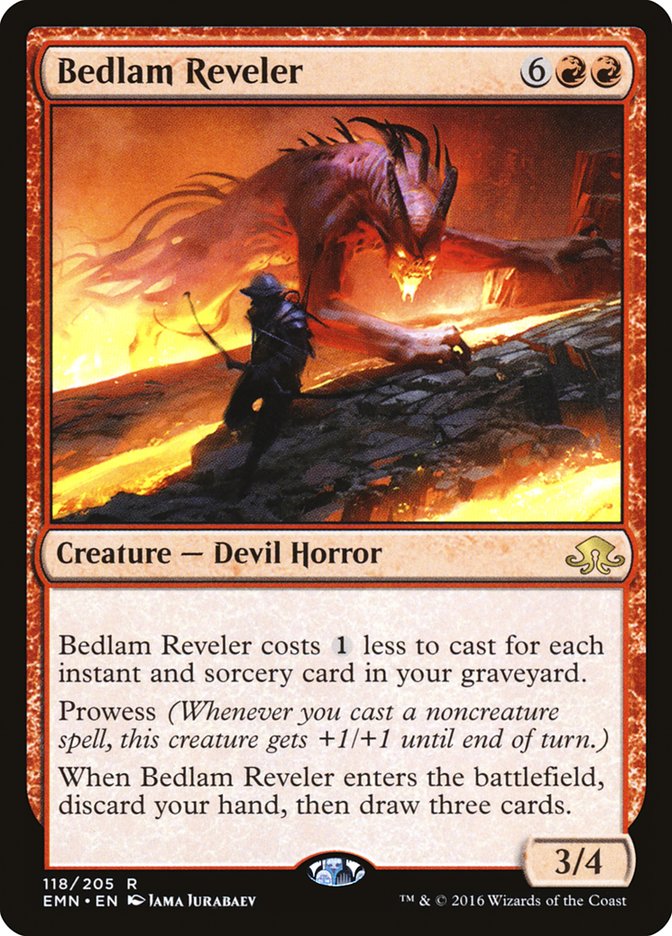The story of Magic couldn’t be told without our own history. Creators around the world have long drawn inspiration from fact, close-to-fact, and the aggrandized stories of our own past. We have historians to thank for that, and their hard, often tedious, and thankless job of preserving the events of the great rulers, their precepts, and their actions from which we can study and learn. These tales of success, failure, enlightenment, and triumph continue to inspire us long after we’ve heard them.
Historians, it turns out, may not have been telling the whole truth.
History is something we take for granted, an accepted fact of a civilized world. We don’t think about how we know when the Bronze Age started, who the first ruler of ancient China was, or the position of armies at the battle of Waterloo. Historians and their tireless work provides all that, but it may also be leaving things out.
Damnatio memoriae, a Latin phrase meaning “memory condemnation,” is a concept whereby a person’s memory and likeness was to be forcibly removed from the historical record. Usually given as an order from an authority, damnatio memoriae often targets politically sensitive individuals who are no longer in favor with that authority.
The concept predates the Romans, despite its Latin name; Akhenaten, the ancient Egyptian pharaoh, developed somewhat of a cult around himself and his divine birth while he was leader. After his death, for his disgrace to the now-restored gods of Egypt, his successors destroyed his temples and struck him from their records. In fact, he’d been all but erased from history until the discovery of the site of his former city by Napoleon‘s army, 3500 years later. If it hadn’t been for that average-heighted Corsican’s misguided ambition, Akhenaten may have remained lost to the Western World.
Did I get you excited for the next block, Amonkhet, yet? No? Okay, well, I’m excited.
Historians all make a choice that impacts the future: how will we remember the past?
When I first saw Lost Legacy, I remembered reading about damnation memoriae; the art depicts a forgotten (or possibly vandalized) portrait of someone who’s fallen out of favor with those with the power to censor Kaladesh. It doesn’t matter how great or impactful this man’s actions were if it is in another person’s hands to record it.
Mechanically, Lost Legacy matches the flavor perfectly. You can target the opponent you’re conquering for 1BB, picking and choosing what is to be conjured and what is not. Artifacts have no personality or independent ideals (usually), so you can’t target them, and places are theoretically neutral. People, ideas, magical incantations, and arcane auras? Totally damnable. But you can also target your own society, your own mind, eliminating a thought that you wish to be rid of forever. Both functions have a purpose, and we’ll talk about both today.
The first thing I thought of may have been damnatio memoriae, but the first card I remembered is what’s important.
This little thing just keeps coming back.
With Lost Legacy, you can scratch four copies of Eternal Scourge from your library, hand, or graveyard and set them aside, ready to be summoned back into existence at any time. If you have one in your hand, Lost Legacy even replaces itself (or draws you cards, if you’re really lucky!)
So targeting yourself and going wild pulling Eternal Scourges from your library is fun, but at the end of the day, an army of 3/3s for three mana is fine but it takes a while to get there. How can we use Lost Legacy to help us win the game, too?
We can leverage these creatures to exile cards, return them to the graveyard for added effect, and then buy back the Lost Legacy and do it again? Sounds like a fun place to start.
Now you’re making me remember!
Let’s jog that memory a bit, huh?
Creatures (19)
- 3 Fathom Feeder
- 2 Ulamog's Nullifier
- 2 Wasteland Strangler
- 1 Kalitas, Traitor of Ghet
- 4 Eternal Scourge
- 1 Distended Mindbender
- 4 Spell Queller
- 2 Vexing Scuttler
Lands (25)
Spells (16)

This is Esper the way I like to play Esper: solid synergy, value, and permission elements all rolled into a reliable, flexible package. Not quite control, not quite midrange, but all the way fun.
Creatures
Eternal Scourge is the highlight; while not particularly special on its own, the fact that it’s really hard to kill counts for something in a deck built for the long game, which will likely involve recycling Lost Legacy a couple of times. Bear in mind that if you have two or three Eternal Scourges in the graveyard, you can exile them with Lost Legacy again, starting the cycle over. Eternal Scourge will prove to be just that: a scourge. They can’t use removal on it effectively, so decks that don’t like combat or sweepers will be in trouble right off the bat.
Spell Queller seems like the best possible tool for Wasteland Strangler and friends, and it’s a great emerge target. Is your opponent casting something conditional that you can disrupt? Quell it and then untap and cast Distended Mindbender to disrupt them more. Ulamog’s Nullifier, whether you’re countering a spell or not, also serves the same purpose as a surprise emerge target. Vexing Scuttler works hard to get the extra removal spell or Lost Legacy you need to shut your opponent out of the game for good, and the 4/5 sizing continues to be a great combat point these days.
I’m still high on Fathom Feeder, and here it provides ingest for exiled cards, card draw for the turns you don’t have a Spell Queller, and a great ground blocker for the late-game. Fathom Feeder continues to overperform, so I’m going to keep playing the little thing.
I liked a single Kalitas, Traitor of Ghet. While not as proliferate as he once was, this Vampire still knows a thing or two about exiling, and eating tokens to give him a heftier lifelink trigger all work to make this a super singleton.
Spells
Lost Legacy is a full set, and I’m not really budging on that. If you’re going to make it the focus, go deep on it. You’ll almost always use the first one to find your own Eternal Scourges, so there are really only three left to do your dirty work. Anticipate is a great curve-filler that gives you the flexibility to fix your draw on an idle turn, or even alongside an inexpensive effect. I’m still on the fence about Anticipate, but for now, it’s in there.
Declaration in Stone has ebbed a bit since its heyday in Shadows over Innistrad Standard, but it continues to be a powerful removal spell in the right context. If things are really slow, you can target an Eternal Scourge (or two), exile them, and draw off the newly-created Clues. Otherwise, they’re great for exiling things for your Ulamog’s Nullifier to eat up. Anguished Unmaking also works with the exiling theme, but it’s also been a great go-to removal spell. Without burn being a big part of the metagame (and answers to it as needed), I don’t mind losing three life. When I’m targeting those trickier permanents like enchantments and planeswalkers, life is rarely a concern as is. I can’t play four of them anymore, but two seems just right.
Grasp of Darkness, Unsubstantiate, and Transgress the Mind all feel like they could be the perfect card at one point in the game. Vexing Scuttler can buy each back if you need an encore, too.
Finally, Descend upon the Sinful, while not present alongside a delirium plan, still acts as a Final Judgment. In this deck, it can also hit your own Eternal Scourges with no penalty. No worrying about overextending!
Sideboard
The sideboard is designed to be transformative while sticking to the theme along the way. Reflector Mage is a good emerge target, and it puts something in hand with enough time for you to undo it with Lost Legacy as needed. Wasteland Strangler numbers three and four live here, and I’ve found there are lots of games where Wasteland Strangler is easily the strongest card at all times. Negate is surprisingly strong right now and is one of the only ways to reasonably win a counter war with cards like Duress no longer available to us.
Summary Dismissal conveniently exiles the spells on the stack, and it still proves to be the premier counterspell in the format when you’ve just gotta stuff something. Finally, two Liliana, the Last Hope provide needed sustain for the creature base. A protected Liliana, the Last Hope will easily run away with the game thanks to her amazingly powerful -2 ability. Sometimes her +1 (and even her ultimate) will shine, but this deck’s all about the neg-two.
I tried this deck over the course of a week and was absolutely thrilled with it. Unlike some of the decks you see here, this one had all good cards; no sloppy cards this time! Cards like Declaration in Stone, Spell Queller, and Distended Mindbender already see play, so these are already strong options. Combined with the ready-for-anything surgical tool Lost Legacy, I didn’t feel poorly matched against any deck, whether it was Mardu Vehicles or grindy U/B Control. Everything felt within reach, and the pressure for my opponents to answer my plays always felt present. The numbers were a bit off, and Anticipate was indeed a bit of a downer, but the deck as a whole had all the tools to get the job done. Lost Legacy is a very solid role-player.
The only complaint I have about this deck isn’t really a complaint. I made a lot of misplays while testing this deck, so the learning curve is a bit high. Truthfully, Lost Legacy could target anything from Elder Deep-Fiend to Grasp of Darkness, depending on the battlefield state. Thinking about lines of play, ways you can win and lose the game in a micro kind of setting, will really pay off here. I’m more about the big picture, but analytical players will love this deck. It was much deeper and multi-faceted than I imagined, and I can’t wait to play it at a real event to really test its chops. It’s not a deck I’ll soon forget!
Comments from Last Week
Last week, we talked about Rashmi, Eternities Crafter and her ability to change the way both you and your opponent play Magic.
“Bedlam Reveler seems like a fit? Maybe just focus on value instead of flair?”
– Will Catherman
Yes, a million times yes. Bedlam Reveler is exactly the card I didn’t think of.
This would let you move away from creatures and playing an instant-based plan, using Reveler to recharge and set up huge plays.
“Love that Sultai Rashmi list. Have you tested out Servant of the Conduit over Grim Flayers to see if accelerating your gameplan helps? It seems there are plenty of threats in the deck already that they could be taken out.”
– Skyler Lowery
Thanks, Skyler. I’ve found that Grim Flayer is important but not essential to the gameplan. I’d take out one each of Smuggler’s Copter, Grim Flayer and Foul Emissary and go from there. Having a solid two-drop like that to help fix the mana is a great, practical idea.
“Any sideboarding tips for specific matchups?”
– Scott Gray
Well, Scott, I’d say the sideboard of this deck is more flexible than normal. I’d say, though, that the deck is threat-dense enough that oversideboarding can really throw a kink in Rashmi’s gameplan. Against, say, Mardu Vehicles, I might only side in Natural State, and only on the draw. Fathom Feeder and Distended Mindbender come in against control. Sire of Stagnation is a good plan for land-heavy decks. The key is to make sure you’re not compromising the deck’s integrity. That may be as much my job as a deckbuilder as it as your job as a pilot. Taking that theme into account is important to have a satisfying experience playing it.
Lost Legacy has popped up here and there, but it’s been largely passed over despite its heavy variation from other cards like it in the past. Do your part! Help us remember Lost Legacy with your decklists and suggestions!


